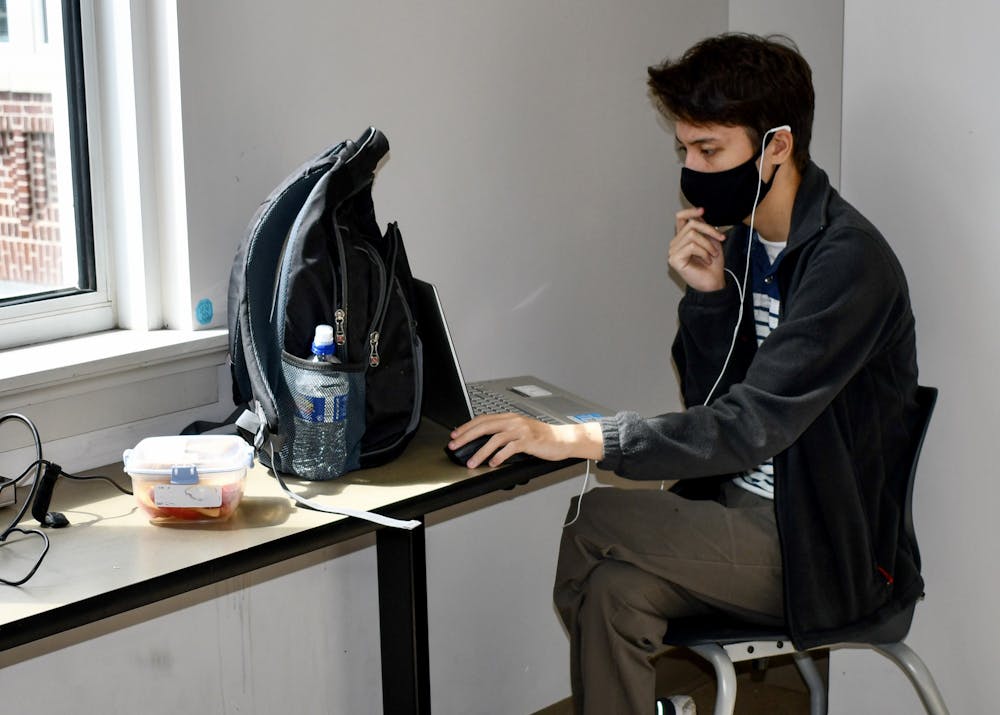If you haven’t realized yet, online classes are different than in-person classes, which means different etiquette rules apply. Netiquette, if you will.
First off — and this should be your first rule of almost any online interaction — proofread before you send. You’ll save a lot of embarrassment, confusion and corrections if you just check the text before you send it in.
Next, there is the same, if not more, expectation of respect in an online classroom as in an in-person one. Add in "please" and "thank you" as you would in person and make sure your emails still include a regular greeting and signature.
Online classes are also not good places for sarcasm, even with other students. Without body language and verbal cues, sarcasm is much harder to understand, especially if you have only conversed with someone virtually.
Different platforms will have different rules. In an online class setting, it is necessary to know the difference between the chat box (least formal), a discussion board and email (most formal). If you aren’t sure about what is acceptable, either err on the side of formality or ask a friend or your professor.
The chat box in synchronous online classes can be a useful tool when used effectively. The most important thing to keep in mind is to keep it relevant. Keep your responses brief, stay on topic and don’t overuse the chat.
With an online class, be sure before you ask a question that you try to find the answer yourself. Check the assignment instructions, reread relevant emails and Blackboard announcements and check in the syllabus before you write an email to your professor. Unlike a paper syllabus that can get lost, it is out there for you to look at when you need it. If you have a keyword you are looking for, Ctrl+F (find) is a really helpful shortcut to use in long documents.
Don’t expect your professors to be your technical support, either. Blackboard support is available on the USC website. Many professors will add any other tech support numbers you need on their syllabuses. If you are in the middle of a test, it might be best to contact the professor first, but in most situations it’s best to leave yourself enough time to deal with technical issues on your own or to work with Blackboard support.
Once you have done your due diligence, it is good to ask for help. Check your syllabus to see how your professor prefers to be contacted and leave them enough time to get back to you, usually 24 hours, before sending a follow-up email or call.
Put yourself in an environment for success. Set up a good study space for yourself, ideally with a background that won’t be distracting for other students if your video feed is on. If possible, try to alleviate background noise in case you need to turn on your mic.
Also, you can save a headache for you and your class by setting up good conditions for your internet connection. Take some steps to make sure you have as good a connection as possible, such as turning off unnecessary devices so they aren’t hogging your bandwidth.
Lastly remember that, for just about everyone, this is a learning experience. Be encouraging with people, quick to forgive and quicker to apologize for mistakes. Do your best to make sure everyone is included so we can all make it through this together.
Online classes can be tricky, but as long as we are respectful and understanding towards each other, this could be a really great semester.

